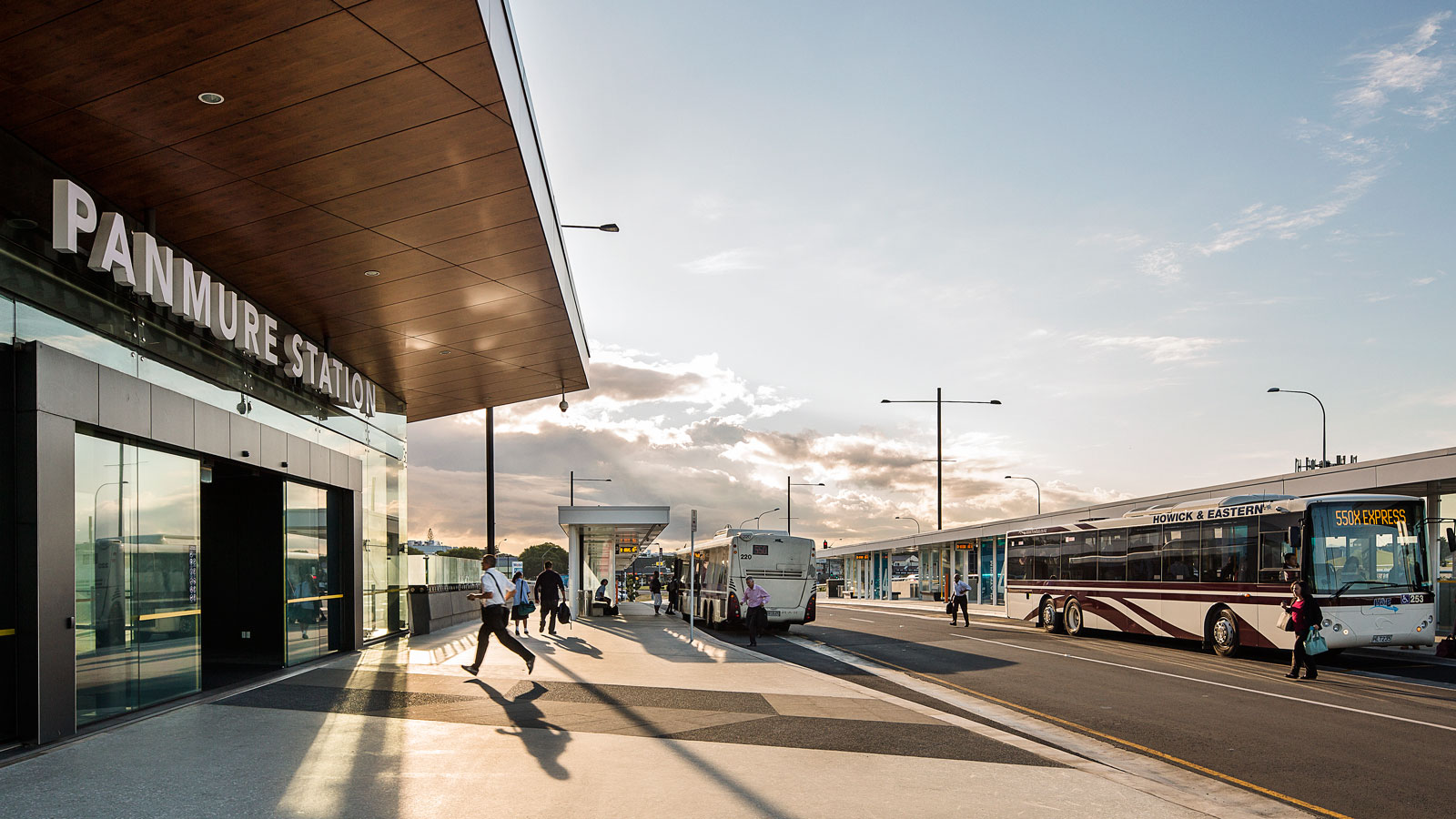The City of Hobart engaged a multidisciplinary project team led by MRCagney to prepare a plan to revitalise a series of retail main streets on outside Hobart’s CBD.
Partnering with John Mongard Landscape Architects, Inspiring Place, Village Well and Freshstart Communications, MRCagney developed an innovative project methodology based on ‘tactical urbanism’ principles in order to deliver the greatest return on investment to the community.
Without sufficient budget to deliver meaningful change to all six main streets within the scope of the project, MRCagney proposed a series of trader-led half-day events to trial footpath, road space, and streetscape changes in order to identify which main streets can truly engage their local communities and thus benefit most from capital investment.
Trader groups were invited to conceptualise ideas to revitalise their retail precincts, and test their ideas by holding short events using Council provided materials including astro-turf, furniture and trees. In the lead up, the project team conducted workshops for each precinct to inspire unique, functional, self-determined strategies. These workshops focused on identifying what makes a successful main street and building capacity amongst attendees to critically evaluate the value of underutilised public realm space, car parking and wasted road space.
Ultimately, traders at 5 of the 6 precincts delivered unique and compelling events, however the traders groups at Augusta Rd, Lenah Valley and New Town Rd, New Town demonstrated the greatest and most consistent connection with their local communities.
Lenah Valley traders held a ‘Linger Longer in Lenah Valley’ themed event that was extremely well attended by the local community, demonstrating a clear latent demand for the tested interventions: wider footpaths, additional pedestrian crossings, street trees, more diverse retail and food offerings, etc. – a true local main street.
New Town traders elected to close two side streets in order to create a generous village green anchored by quality adjacent traders and beautiful views of Mount Wellington. The street event, which included food trucks and live music was extremely popular with local residents.
Following the events, deliverable plans and costings of the winning concepts were developed by the project team, and further guidance provided for the streets that missed out.
Most importantly, the winning main streets were not considered the most obvious choices at the projects inception, such was the efficacy of the ‘tactical urbanism’ based methodology. It is now envisaged that this programme become an annual undertaking to help Hobarts main streets develop and prosper.
